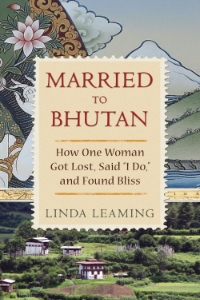by Daniel Swensen
© 2014
www.danielswensen.com
published by ninemusepress.com
Fantasy
Overview: Story lives as a thief in the rough-and-tumble city of Calushain, and she plans to escape to better life. But when her stash of money is stolen by her brother, she finds herself faced with a death sentence from her crime-lord boss.
Desperate to pay off her debt, she searches for a score big enough to earn her freedom. Instead, she finds the orison, a magical artifact with the power of dragon’s blood, that could tip the balance of power between the city and the Empire seeking to conquer it.
Is Story the person for the job? Or will the Orison kill her?
This fast-paced book by Daniel Swensen gained my attention with the opening pages. He presented a strong character named Story, and proceeded to involve me in her story. When the point of view switched to another character, I was, at first, disappointed, but soon became engrossed with former-mage, Wrynn, and then with warborn Ashen One-Howl—all with definitive personalities that enhanced the overall story.
I've started, and left unfinished, fantasy novels that are overly caught up in the sword and sorcery. Those elements are endemic to the genre, but often the proclivity to have one gory fight after another, with bodies piling up, seems to be the main objective. Swensen didn't do this. In Orison the characters are what move the story; many of the altercations and confrontations are mental, with human characters interacting with the magical entities and semblances that oversee and manipulate the politics and the populations. Personal concerns are presented for each character—real problems that make the characters more believable.
The various physical battles are vivid and the action well-described. The magic is very nicely written, with phrasing that enlivens the scene and emotions involved.
The language and the very good writing of Orison had me enjoying this novel on the "academic" level as well as for the entertainment. This is Swensen's first novel, and I will add it to my shelf of well-written and memorable books. I'll watch for more from this author.

















